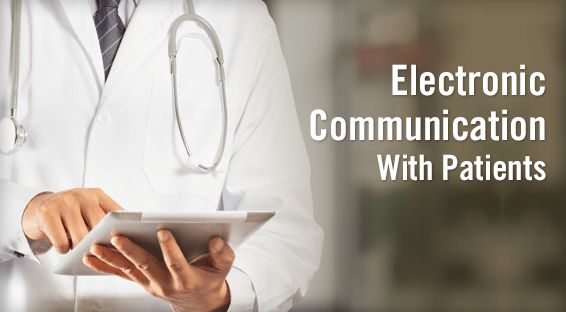The author of this article is Tom Furr, who founded PatientPay, a healthcare payment solutions company.
The healthcare industry is undergoing major changes in how, when, and where care is provided and how it’s managed as a business. One major aspect that inhibits prompt payment for services deals with paper bills. Fortunately, there’s a simpler, less costly way to bill patients: providing statements that are readily available and explained electronically. For this strategy to work, patients will need to provide their physicians with their email addresses.
Email is by far the function people use most often on their smartphones, a device that’s with them at all times. Medical business managers who are skeptical about emailing patients should change their thinking and embrace electronic communications and paperless billing. Email can help keep receptionists off the phone so they can spend more time with patients in the office. It can also eliminate the need to handle things in person.
Patients are making health decisions as consumers, and the benefits of emailing patients go beyond billing. Email can also be used to facilitate the scheduling of appointments. Asking for email addresses is the first step. Doing so can help practices build better relationships with patients and retain them over time. It can also save them time and money, increase cash flow, and lower accounts receivable.
For the complete article, click here.


